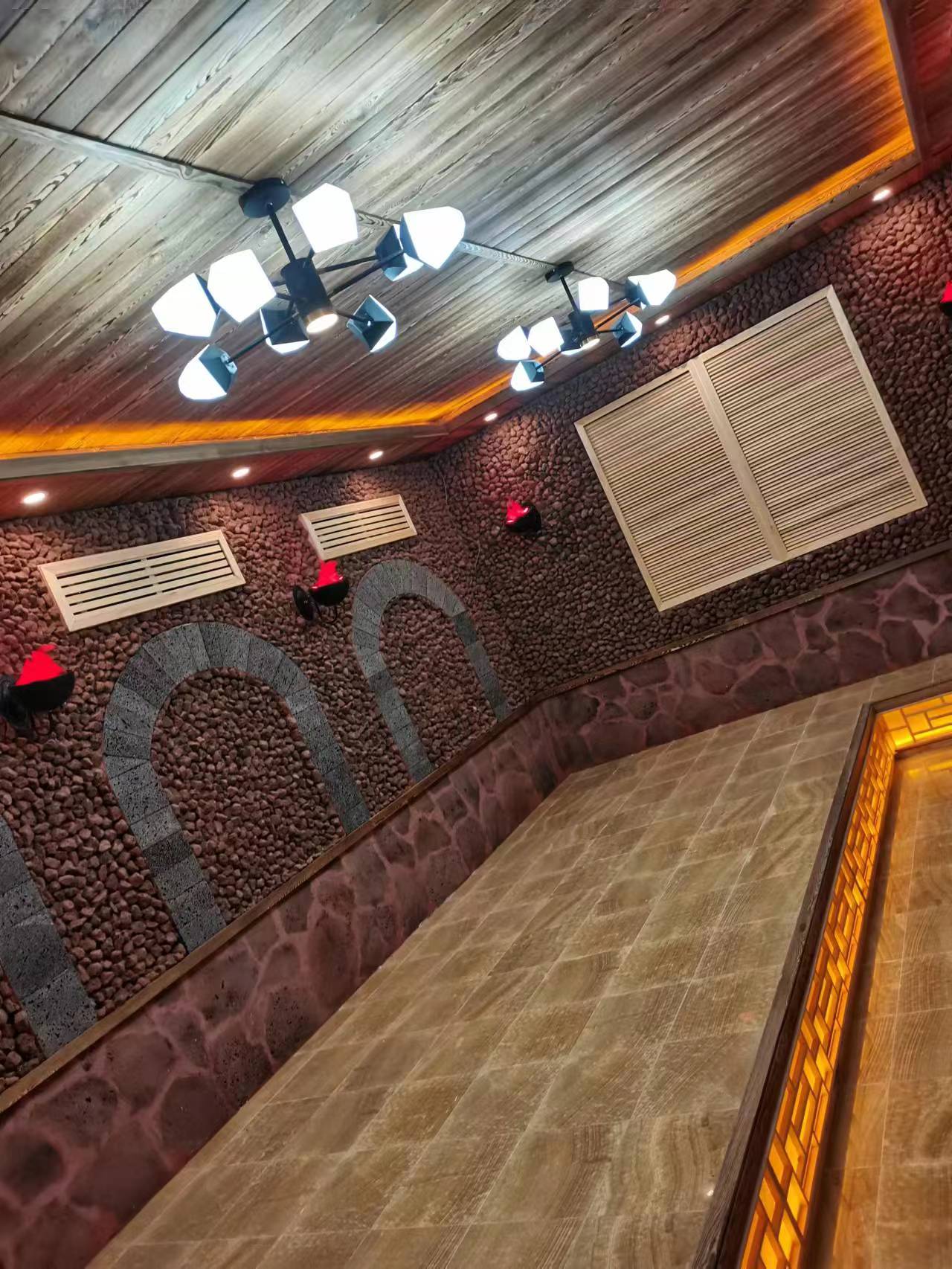
In the pursuit of energy efficiency and a more sustainable future, the optimization of sweat room insulation has become a crucial area of focus. Sweat rooms, whether in commercial gyms, spas, or residential wellness areas, require effective insulation to maintain proper temperatures, reduce energy consumption, and enhance the overall user experience. This article explores the latest materials that are making a significant impact on enhancing sweat room insulation for improved energy efficiency.
Spray foam insulation has emerged as a popular choice for sweat room insulation. It is a two-component material that is sprayed onto surfaces, where it expands and cures to form a seamless, airtight barrier. This unique property helps to prevent air leakage, which is a major cause of energy loss in traditional insulation systems. In a sweat room environment, spray foam insulation can effectively seal off any gaps or cracks, ensuring that the heated or cooled air remains within the space. It also has excellent thermal resistance, providing superior insulation performance. Additionally, spray foam insulation can help to reduce moisture infiltration, which is crucial in a sweat room where high humidity levels are common. This helps to prevent mold and mildew growth, further enhancing the durability and performance of the insulation.
Rigid foam insulation boards are another option that is being widely used for sweat room insulation. These boards are made from materials such as polystyrene, polyurethane, or polyisocyanurate. They offer high compressive strength and excellent thermal insulation properties. Rigid foam insulation boards can be easily installed on the walls and ceilings of the sweat room, providing a continuous insulation layer. They are also resistant to moisture and can withstand the harsh conditions of a sweat room environment. Some advanced rigid foam insulation boards are designed with a reflective surface on one side, which can further enhance their insulation performance by reflecting radiant heat back into the room. This can help to reduce the energy required to maintain the desired temperature in the sweat room.
Mineral wool insulation is a sustainable and fire-resistant option for sweat room insulation. It is made from natural or recycled minerals, such as basalt or slag. Mineral wool insulation has good thermal insulation properties and can effectively reduce heat transfer. It also has the advantage of being non-combustible, which provides an added level of safety in a sweat room where there may be a risk of fire due to electrical equipment or heating elements. Additionally, mineral wool insulation can absorb and release moisture, helping to regulate the humidity levels in the space. This can contribute to a more comfortable environment for users and also protect the integrity of the insulation over time.
Reflective insulation is a type of insulation that works by reflecting radiant heat rather than absorbing it. It is typically made of a thin layer of aluminum foil or other reflective materials sandwiched between layers of plastic or other substrates. In a sweat room, reflective insulation can be used to reduce the amount of heat that is absorbed by the walls and ceilings, especially in areas where direct sunlight may be a factor. By reflecting the heat back into the room, it can help to maintain a more consistent temperature and reduce the energy required for heating or cooling. Reflective insulation is lightweight and easy to install, making it a convenient option for retrofitting existing sweat rooms or for new construction projects.
Vacuum insulation panels (VIPs) are a relatively new and highly efficient insulation material. They consist of a core material, such as silica or polyurethane foam, that is enclosed in a vacuum-sealed envelope. The vacuum environment significantly reduces the heat transfer by conduction and convection, resulting in extremely high thermal insulation performance. VIPs are very thin compared to traditional insulation materials, which makes them ideal for applications where space is limited, such as in sweat rooms. However, they are more expensive than other insulation options and require careful handling and installation to maintain their vacuum integrity. Despite these drawbacks, the superior energy efficiency and space-saving characteristics of vacuum insulation panels make them an attractive choice for high-performance sweat room insulation.

